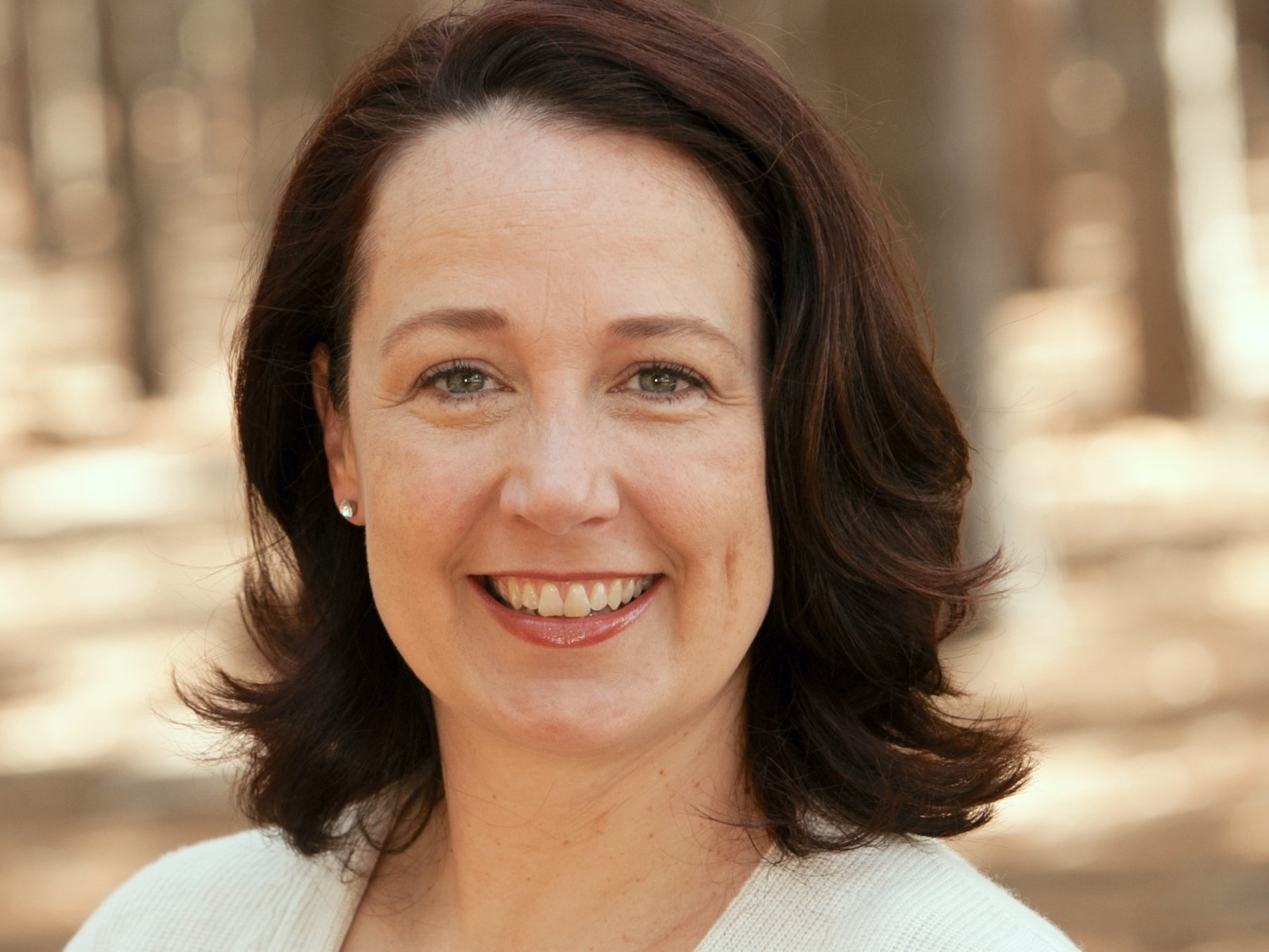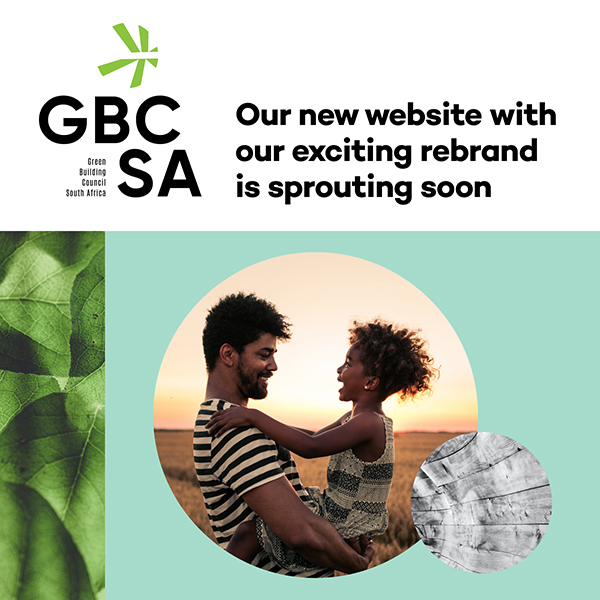
Green beyond Buildings: Transforming Tomorrow’s ‘People’ Category By Michelle Ludwig, Director, Ludwig Design Consulting
November 27, 2023
The launch of a revised version of the Green Star rating system by the Green Building Council of South Africa is a major step in the right direction for increasing inclusive aspects of sustainability in the building and construction sectors. A noteworthy feature of the new version will be the establishment of a separate people-focused category.
In the past, energy efficiency, material sustainability, and water conservation have frequently been the main topics of discussion in the field of green building. Even though these factors are obviously important, the People category signifies a paradigm shift in favour of a more human-centric strategy. Since people create and design buildings in the end, this category focuses on the direct and indirect effects of architectural decisions and construction methods on human well-being.
The People category supports innovative approaches to building design and construction that tackle community social health issues by addressing the diverse range of individuals engaged in the construction and use of a structure which requires commitment and forethought. The People category focuses on social equity, inclusive participation, procurement initiatives, expanding accessibility and sharing and deepening green skills.
In construction, it is essential to promote diversity, equity, and inclusion within the design team and contractors’ internal procedures for a number of reasons. When people with different backgrounds, experiences, and skill sets come together in a diverse and inclusive team, creativity and varied perspectives are fostered, and the resulting project is better able to meet the varied demands of potential building occupants.
Furthermore, a dedication to equity within the design team and construction process generates opportunities in the construction sector available to people of all backgrounds. Teams that place a high priority on diversity and inclusion within their internal operations not only demonstrate a dedication to social responsibility but also produce more deliberate, flexible, and culturally sensitive constructed environments.
A building’s construction process can facilitate growth via local economic development. The supply chain for the built environment is extensive and varied, and procurement initiatives can be used to enhance social and environmental results extending outside of project boundaries. Furthermore, building projects can advance employment policies that prioritise and support under-represented groups, such as women, youth and people with disabilities. This improves the community’s overall economic resilience while simultaneously addressing social disparities. To put it simply, structures that actively support local economies and give priority to marginalised groups are essential to the overall advancement of more holistic, people-centric sustainable development.
For all buildings, it is crucial to make sure that they are both accessible to a diverse population and constructed to satisfy the needs of individuals with varying requirements. Beyond merely complying with building code, deliberately exceeding local accessibility regulations demonstrates a commitment to inclusivity and universal design. This leads to providing considered, inviting environments that promote a sense of dignity and belonging for individuals with a variety of needs, contexts and stories. In short, it’s better for everyone.
This category aims to contribute towards community social health issues by emphasizing diversity, equity, and inclusion. By prioritising local economic development, and inclusive construction processes, these advancements in green building practices are vital steps in creating a built environment that goes beyond aesthetically pleasing, to also be socially equitable, economically resilient, and accessible to a diverse and varied population. The integration of these principles into the core of construction and design processes that look beyond the building will transform the market towards a more inclusive, and people-centered future for our shared built environment.






